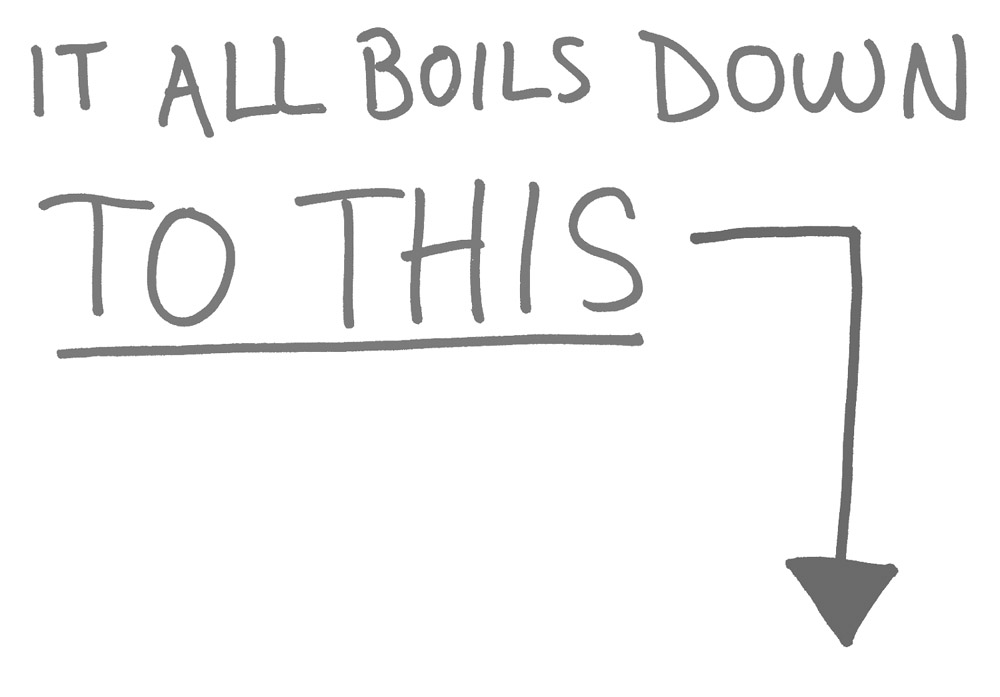Westside Toastmasters is located in Los Angeles and Santa Monica, California - Westside Toastmasters on Meetup
Identifying Paradox
To get you attuned to looking for kinetic conflict and sources of potential energy, let's consider a couple of examples.
If our target consumers are women entering midlife, the conflict might be:
Just as my inner self is becoming visible, my outer self renders me invisible.
As a woman is leaving the intensive years of child rearing and is finally done with dirty diapers and trips to the baseball field, she is coming into herself. Perhaps she is getting to pursue her own interests - writing her own poetry, becoming a Pilates instructor, spending more time on herself in any number of ways. At the same time, when she walks down a street, where she used to garner a fair amount of attention (if only from appreciative construction workers), she now passes unnoticed. When she goes into a clothing store, the saleswomen flock to her teenage daughter and ignore her completely.
In my approach, the first step is to create boards filled with images that bring each side of the conflict to life. (See Chapter 5.) Then we gather things from different categories that resolve that paradox. In this case, it might be pictures of Julia Roberts, Katy Perry, thong underwear, and a self-published volume of poetry. Our work is to translate their features into our client's category.
Stand back and look at elements that might cross over to whatever you're trying to develop, whether it be a hair-care product or a fast-food dinner. What could you adopt? What's inspiring? What's grist for the mill?
Let's consider another consumer group: 10- to 12-year-old boys. I know this group well, as I live with one of these delightful creatures. A conflict for this group might be:
Treat me like a grown-up, but tuck me in at night.
My son wants to be grown up. He has his own mobile phone but if a text or call comes after ten, which is his bedtime, the parental rule I've imposed is that he should not respond until the next day. I expect him to respect that rule.
He goes to Starbucks, but he orders hot chocolate (or sometimes coffee with five sugars and a gallon of milk).
While outgrowing it, he still has his teddy bear, but Mr. Bear has a special bed in the closet.
He's slowly making the transition from one stage to the next, wanting the grown-up things but not wanting to let go of the boy things yet.
In addition, he's going through all the bodily changes that boys his age go through, so add an extra level of anxiety on top of everything else. He and his peers deal with the tension by making fun of it.
So, what things resolve these conflicts? Gap Kids and Abercrombie (the younger version of Abercrombie & Fitch) provide smaller-size versions of hip grown-up clothes. Computer games touch on this tension as well - it's still playing games, but with high-level technology.
But what about the bodily changes aspect of the situation? Again, think back to my son staring at the hundreds of choices of deodorant on the shelf. If we were developing a deodorant for this age group, we'd look at the perpendicular arrows of 'I want to have what the adults have, but made for me' and 'I'm grossed out by what's happening to my body, but I can make fun of it.'
At the point where those arrows collide and the potential energy lies, you'd be likely to find something like Axe (a hip vibe in deodorants) or Burt's Bees (au naturale appeal), with a Sweatology game that you could download from the Web and play.




